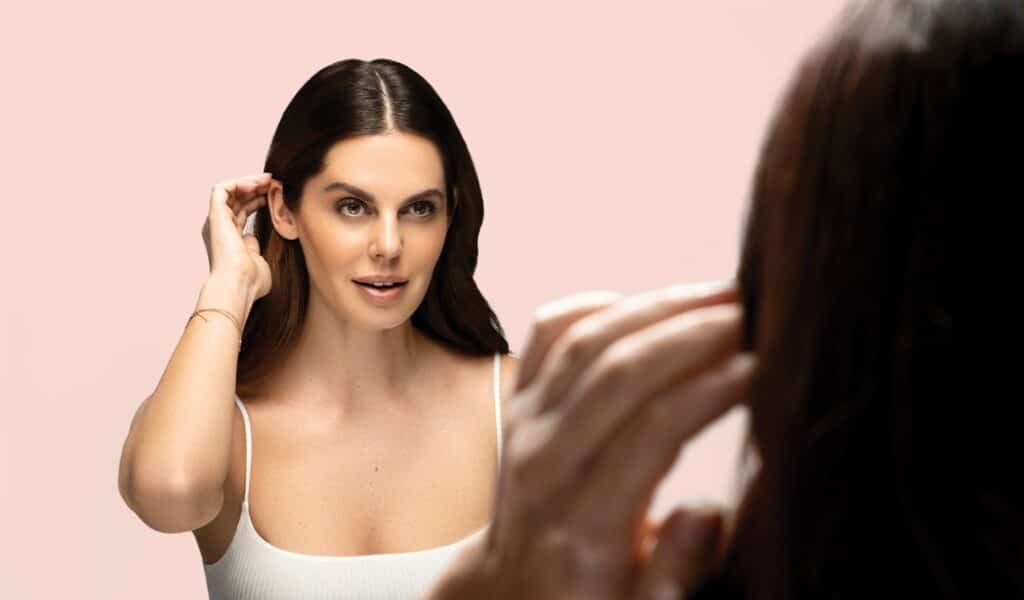UPNEEQ
What is UPNEEQ?
UPNEEQ® (oxymetazoline hydrochloride ophthalmic solution), 0.1% is a prescription eyedrop used to treat acquired blepharoptosis (low-lying lids) in adults.


What are the most common side effects of UPNEEQ?
The most common adverse reactions with UPNEEQ (occurring in 1-5% of patients) were eye inflammation, eye redness, dry eye, blurred vision, eye pain at time of use, eye irritation, and headache.

Call your practitioner if you have any side effect that bothers you or does not go away.
This is a summary of the most important safety information for UPNEEQ. For more information contact your practitioner.



Upneeq See The Difference
(before and afters)


Reach out to learn more about Upneeq.
